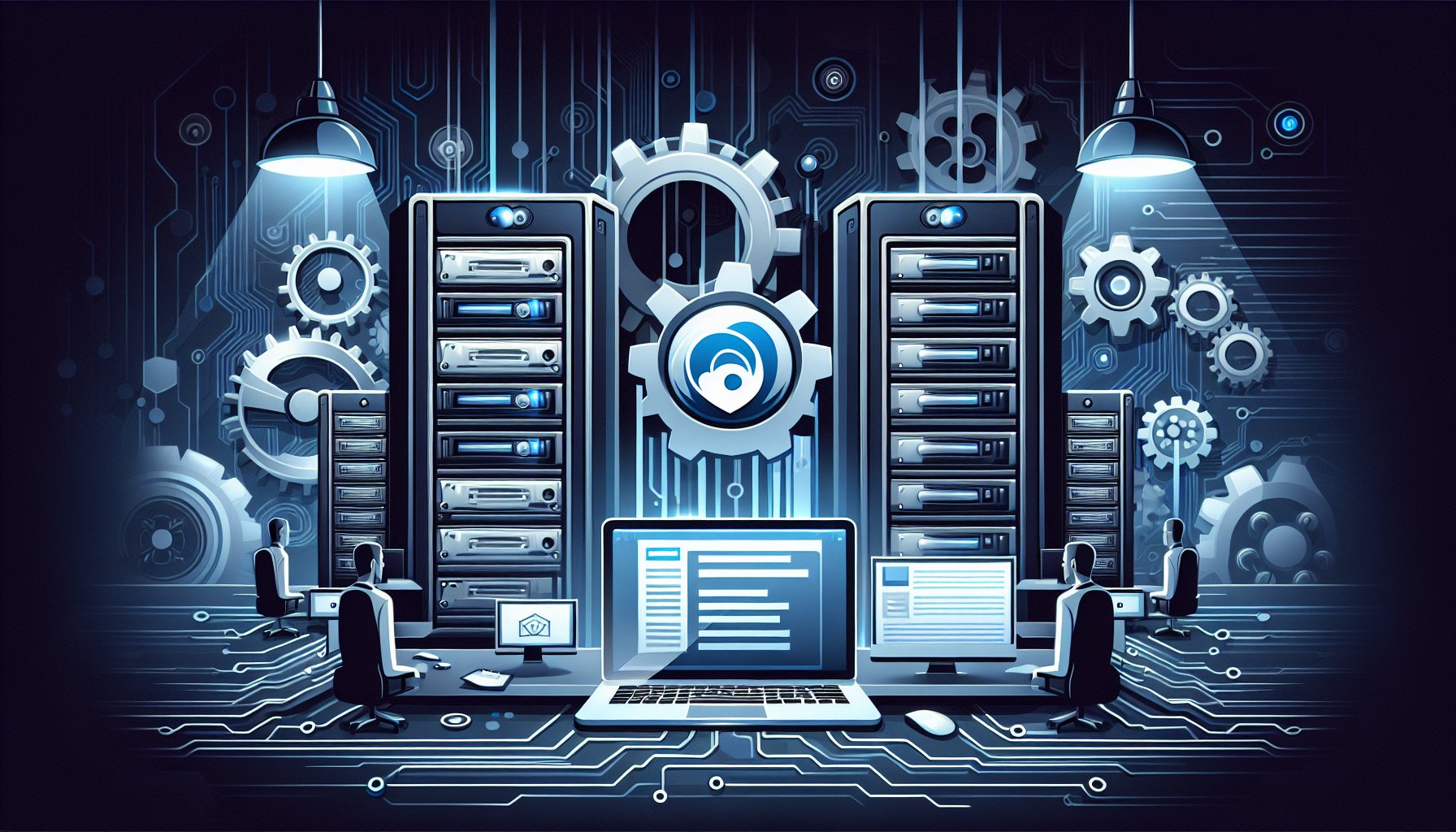Introduction
In the rapidly evolving world of web development, staying up-to-date with the latest best practices is paramount. Today, we delve deep into the realm of Drupal, a powerful CMS that continues to redefine the landscape of digital experiences with its innovative, future-forward capabilities.
Embracing Decoupled Drupal
The forefront of Drupal development is marked by the shift towards a decoupled, or 'headless', architecture. This approach allows developers to leverage Drupal's back-end capabilities while utilizing other modern technologies for the front-end. Decoupled Drupal enables more flexibility, scalability, and opens the door to omnichannel publishing, offering a seamless content experience regardless of the platform or device.
// An example of a decoupled Drupal setup
{
"backend": "Drupal",
"frontend": "React.js"
}
Maximizing the Use of Drupal Modules
One of Drupal's greatest strengths lies in its robust module ecosystem. By leveraging these modules, you can extend and customize your Drupal site's functionality. However, it's essential to remember the rule of thumb: Less is more. Stick with necessary modules to maintain optimal site performance and security.
Adopting an API-First Approach
Drupal has embraced the API-first philosophy, allowing developers to build powerful, integrative digital experiences. By prioritizing API development, you can leverage Drupal's capabilities to interact with other services and systems, extending its reach and making your applications more flexible and resilient.
// An example of a Drupal API endpoint
api/drupal/content?type=blog
Microservices and Drupal
Microservices architecture is an emerging trend in the IT industry. By breaking down your application into smaller, independent services, you can improve scalability and fault isolation. Drupal can be effectively integrated into a microservices architecture, serving as a dedicated CMS service.
Securing Your Drupal Application
Security should always be at the forefront of your development practices. Regularly updating your Drupal core and modules, implementing secure user permissions, and utilizing built-in Drupal security modules can help keep your application safe and secure.
Conclusion: Staying Ahead with Drupal
Staying current with the latest Drupal best practices is vital in the ever-evolving digital landscape. By embracing decoupled Drupal, maximizing the use of modules, adopting an API-first approach, considering microservices, and prioritizing security, you can create robust, scalable, and future-ready applications that stand the test of time.
Key Takeaways
- Embrace the flexibility and scalability of decoupled Drupal.
- Use Drupal modules wisely to extend functionality.
- Adopt an API-first approach for integrative digital experiences.
- Consider a microservices architecture for enhanced scalability and fault isolation.
- Never compromise on security.
